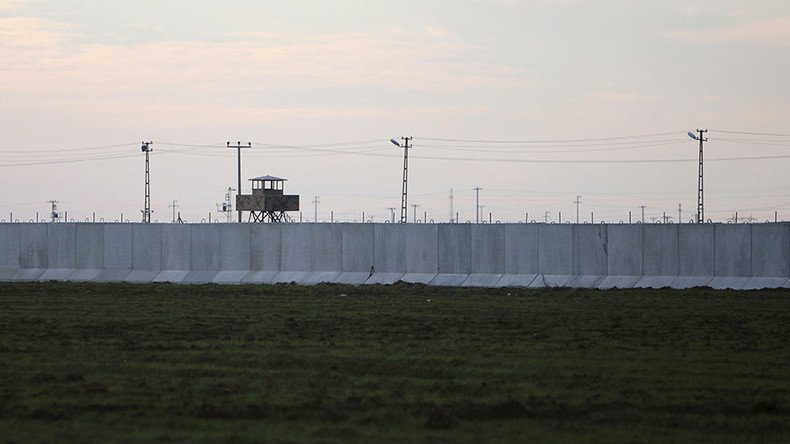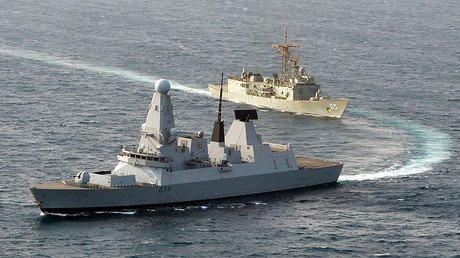‘Great Estonian Wall:’ Country decides to cut itself off from Russia … with 2.5-meter fence

The Estonian government has approved the building of a 2.5-meter fence on its border with Russia as the latest measure aimed at fortifying Estonia’s part of EU outer borders, local media report.
The government’s plan also includes providing the country’s eastern border with a modern tracking system, to combat cross-border crime and illegal border crossing, the Baltic Delfi news network reports.
The fence will be built along the parts of the border, where illegal border crossing is most probable, Estonian Interior Minister Hanno Pevkur said.
“We will build a 2.5-meter fence along 90 to 135 kilometers of the land border,” Pevkur said, adding that the border would be enhanced with warning signs, light fixtures, boundary stones and even special barriers aimed at preventing animals from crossing.
The minister said that strengthening border security is an Interior Ministry priority for the coming years.
“Estonia needs a modern state border, worthy of being the external border of Europe and NATO,” he said.
Pevkur expressed his hope that both the government and parliament would approve the necessary funding of the border enhancement “so that, on the 100th anniversary [of the establishment of the Estonian state], Estonia could present the most modern border infrastructure in the world.”
The total cost of creating a hi-tech border between 2016 and 2019 is more than €70 million. So far the government has allocated €22 million for the project, Delfi reports.
Estonia had prevaricated about building a fence on its border with Russia. First reports of such a project appeared in late August 2015. Estonia’s authorities were planning to begin fence building along 108 kilometers of the border by 2018, and start monitoring with CCTV cameras and drones.
However, just two weeks later, Estonian Foreign Minister Marina Kaljurand dismissed all reports of fence-building on the country’s eastern border.
“No, we are not building any fence now, we are just clearing the border and placing [boundary stones and signs],” she said.
The Estonian authorities dusted off the fence idea on March 3, when the country’s police and border guards department announced a decision to build a barrier along several parts of the border with Russia.
The fence would be erected in order to “block swift border crossing” in several areas, the department’s spokesperson told the Estonian Public Broadcasting Service (ERR).
Building fences on the EU’s external borders is not prohibited and such measures fall under the jurisdiction of the member state, EU Commissioner for Migration, Home Affairs and Citizenship Dimitris Avramopoulos said commenting on the issue. He added that such move should be in compliance with EU rules, including those regulating the right to seek asylum in the European Union.
Latvia has proved more consistent in its intention to fence itself off from Russia.
In early August 2015, Latvian Interior Minister Rihards Kozlovskis announced plans to build a 90-kilometer wall on the country’s border with Russia. It will be equipped with CCTV cameras and sensor systems. The project should take four years and cost €17 million, according to the minister.
In December 2015, Latvia started erecting the fence and built it along 10 kilometers of the border. However, unlike Estonia, it preferred to build “in the most dangerous and difficult to control” areas where migrants rarely strayed, Normunds Garbars, head of the Latvian Border Guard Service, told Latvian Independent Television (LNT).
On March 2, Garbas confirmed Latvia’s determination to build a barbed-wired fence along its border with Russia, which would be 2.7 meters high and 92 kilometers long, RIA Novosti reports.














